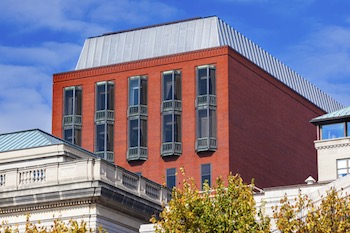A Tale of Two Experts | Axinn, Veltrop & Harkrider LLP
It was a tough day for opposing patent damages experts in Ecolab Inc. v. Dubois Chemicals, Inc., as Judge Andrews of the District of Delaware granted Daubert motions directed to both experts’ reasonable royalty opinions. No. 21-567-RGA, 2023 WL 7019266 (D. Del. Oct. 25, 2023).
The patentee’s expert had all of her patent damages opinions excluded because her royalty base included sales tied to noninfringing uses. When determining damages for a method claim, the patentee must limit damages in order to account for any noninfringing uses of an accused product. This “apportionment” is different from the paradigmatic apportionment involving a device with infringing and noninfringing features, but the law is clear that in both instances, apportionment is required.
The court’s decision to strike an opinion of the opposing expert was straightforward but raises an interesting question about how the patentee approached its damages claim. The patentee put forth a reasonable royalty analysis grounded in the profits it allegedly would lose for the infringing sales – a lost profits analysis in all but name. It is unclear why the patentee did not simply seek lost profits for 50% of the infringing uses (based on its 50% market share) and a more traditional reasonable royalty on the other infringing uses. Based on the limited information disclosed in the opinion, that approach should have yielded a higher damages claim. One possibility is that the patentee was selling its product through a partner that did not have an exclusive license and thus lacked standing to claim lost profits as a separate measure of damages.
So what did the defendant’s expert do wrong? He opined that his counterpart also should have used the defendant’s market share (6.6%) in calculating Ecolab’s losses and the corresponding royalty rate. As the court explained, that market share speaks to the royalty base of infringing uses but has no logical bearing on the royalty rate. In the court’s words, “[i]t makes no methodological sense.”
Both sides now need to dig out from the wreckage. The patentee still has breach of contract damages it can pursue. Without an expert to present a patent damages opinion, the contract-based damages are likely the patentee’s best bet.
“Damages should be apportioned to separate out noninfringing uses, and patentees cannot recover damages based on sales of products with the mere capability to practice the claimed method. Rather, where the only asserted claim is a method claim, the damages base should be limited to products that were actually used to perform the claimed method.
www.ded.uscourts.gov/…





